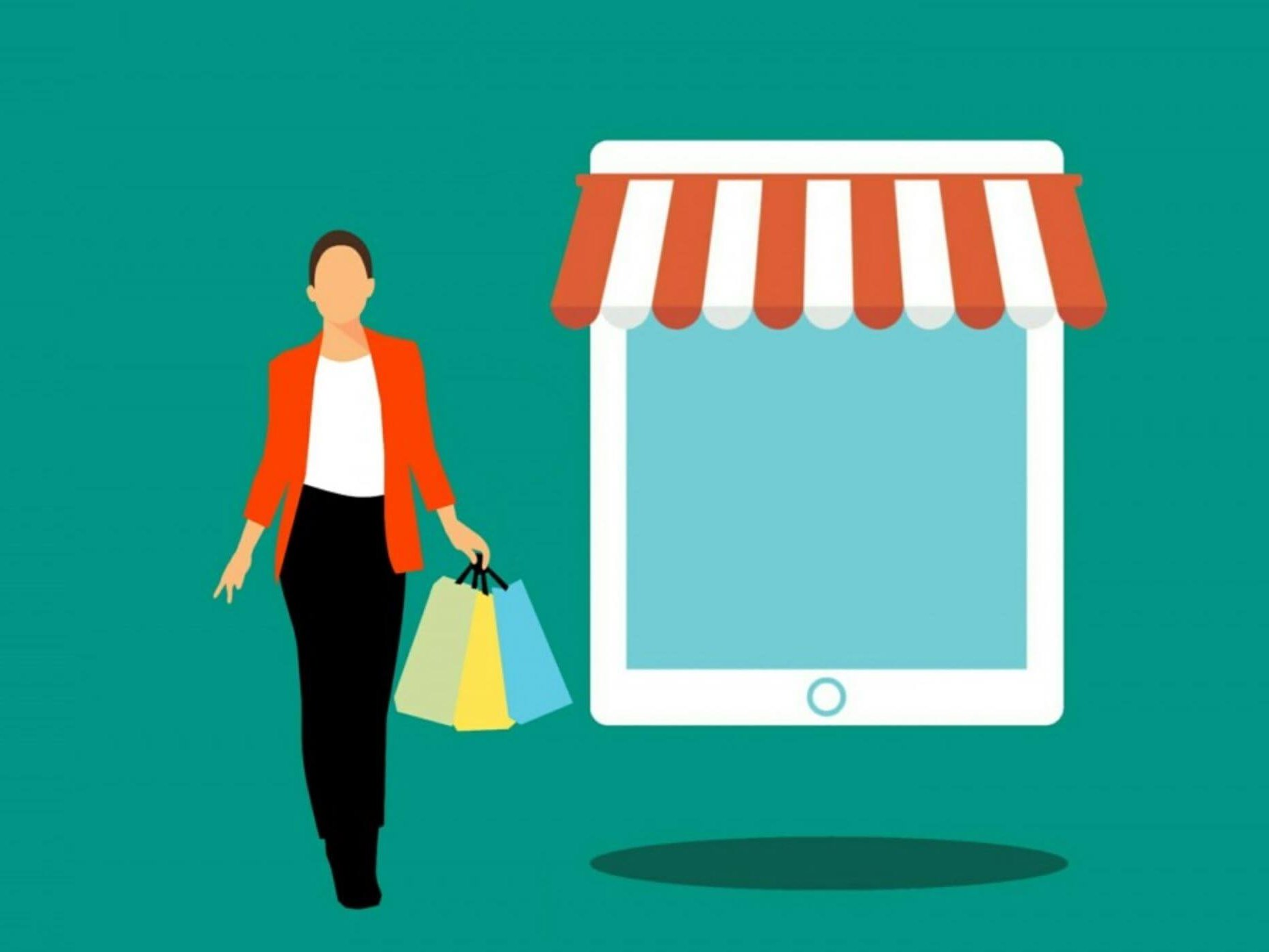Connecting Live Stream and eCommerce for a Better Online Shopping Experience

Online retail as we know it is changing, almost by the minute. In the midst of that change, live stream and eCommerce are starting to look like a great match.
As with so many other aspects of online behavior, the COVID-19 pandemic has drastically accelerated what was already a common trend. eCommerce live streaming sales in the United States rose from 6 billion in 2020 to 11 billion in 2021 and are expected to jump to 17 billion by the end of this year.
In other words, this is not a trend that will slow down anytime soon. The key, then, is understanding the nuances of live stream and eCommerce contexts. So how can your online store harness the technology to increase sales for customers increasingly jumping onto the trend?
What Is Live Streaming in eCommerce?
Live streaming in eCommerce, also known as live online shopping or live video shopping, is a way for customers to view a product in action on their favorite social media site and then make the purchase immediately. Think about it as the social media-age equivalent of live TV shopping. But viewers also have the added benefit of making the purchase online and right where they see it demonstrated.
The connection between live stream and eCommerce is not necessarily new. It’s not just a natural extension of TV shopping but also of placing product videos on a product page to enhance conversions. At its core, it combines these two elements to create a more immersive, immediate online shopping experience.
How Live Streaming Can Increase eCommerce Sales

As a recent Forbes.com article highlights, live online commerce works because of an age-old principle about the connective needs of human nature:
Live stream shopping brings the age-old practice of in-store personalization into online times. But instead of a shop assistant, the person advising you is a social influencer who loves and uses the products that you are sure to love and use. Same concept, different channel.
It also helps to develop deeper relationships between brands and their audiences. Live streams create more trust and build more sustainable engagement that carries through to and beyond the checkout process.
Of course, those benefits are not entirely ubiquitous across all product categories and industries. A study by McKinsey found that a few categories are especially successful in leveraging live streaming in eCommerce, as evidenced by the frequency of commerce live streams by product category:
- 35.6% of live streamers promoted apparel and fashion products
- 7.6% of live streamers promoted beauty products
- 7.4% of live streamers promoted fresh food products
- 4.6% of live streamers promoted consumer electronics
- 3.6% of live streamers promoted furnishing and home decor products
- 0.2% of live streamers promoted automobile and local online-to-offline sales
Most of the products listed here are likely not surprising. For example, apparel and beauty products both lend themselves well to live product demonstrations. But some of the others show that we are just scratching the surface of live stream and eCommerce. Fresh foods, for instance, are a surprising addition that hints at a future broadened appeal of this technique.
Successful Examples of eCommerce Live Streaming
As brands across product categories are beginning to discover the benefits of eCommerce live streaming, they’re starting to test out their own strategies. Those strategies, in turn, can serve as valuable examples for others in their industries.
Alibaba has been at the forefront of live streaming since 2016 when the eCommerce giant launched a live function of their app. The platform allows merchants to stream about their products live directly on the app and product page, which Alibaba says has led to millions in additional revenue.
In 2021, Walmart collaborated with TikTok on a holiday live stream. Influencers shared products that could be purchased right from the app. The event was so successful that Walmart has since made live shopping on a platform a regular part of its eCommerce marketing strategy.
Also in 2021, Samsung partnered with the live stream tool Smartzer on a holiday shopping event in which Samsung representatives participated in live product demos. Viewers could purchase the process straight from the app; they also benefited from exclusive coupons. As with Walmart, the event’s success has led to a more comprehensive live shopping strategy from Samsung.
JCPenney’s live stream experience didn’t start with a one-time event. Instead, it found consistent success in leveraging influencers and has turned that success into JCPLive: a regular ‘show’ hosted by influencers on its website and designed to sell its products.
In Australia, live streaming has found an unlikely partner in KitKat. Hosted within Facebook Live, the shopping experience launched in 2020 within Facebook Live, enabling viewers to purchase products via comments on the live stream that pulled into Messenger conversations.
Getting Started With Integrating Live Streams on Your Online Store
Of course, most examples of live stream and eCommerce efforts have been by major brands with the resources to stream in their own app or even build custom solutions. But increasingly, the same technology is becoming available for online stores across the entire spectrum of size, fame, and revenue.
Getting started with integrating live streaming into your online store typically takes a few steps:
- Identify your audience. Who are you trying to reach? The answer to this question could define both where you will host your live stream, who will host it, and what products you’ll sell.
- Consider a potential host. Many online stores opt for influencers as credible hosts. But internal product experts and even members of your marketing team might also be successful.
- Decide on the products you want to highlight. When hosting your first live stream, going with a best-seller might be the right course. Then, as events gain popularity, you can also use this channel to highlight new or underutilized products.
- Get the backend infrastructure in place. That includes both the technical equipment needed for the live stream and how you will integrate it into your website.
- Start promoting your live stream and eCommerce options. Naturally, you’ll want to use the channels most familiar to your audience, like social media and your home or product category pages, to get the word out.
Live streaming in eCommerce means making an adjustment from other channels. But done right, it has the potential for immense success. You might just need a partner to help you execute it.
That’s where we come in. If you want to explore live streaming integrations on your website or how to promote your new eCommerce live stream, contact us. Let’s discuss how we can work together to leverage live streams for increased online sales.

 Ryan Kodzik
Ryan Kodzik 
